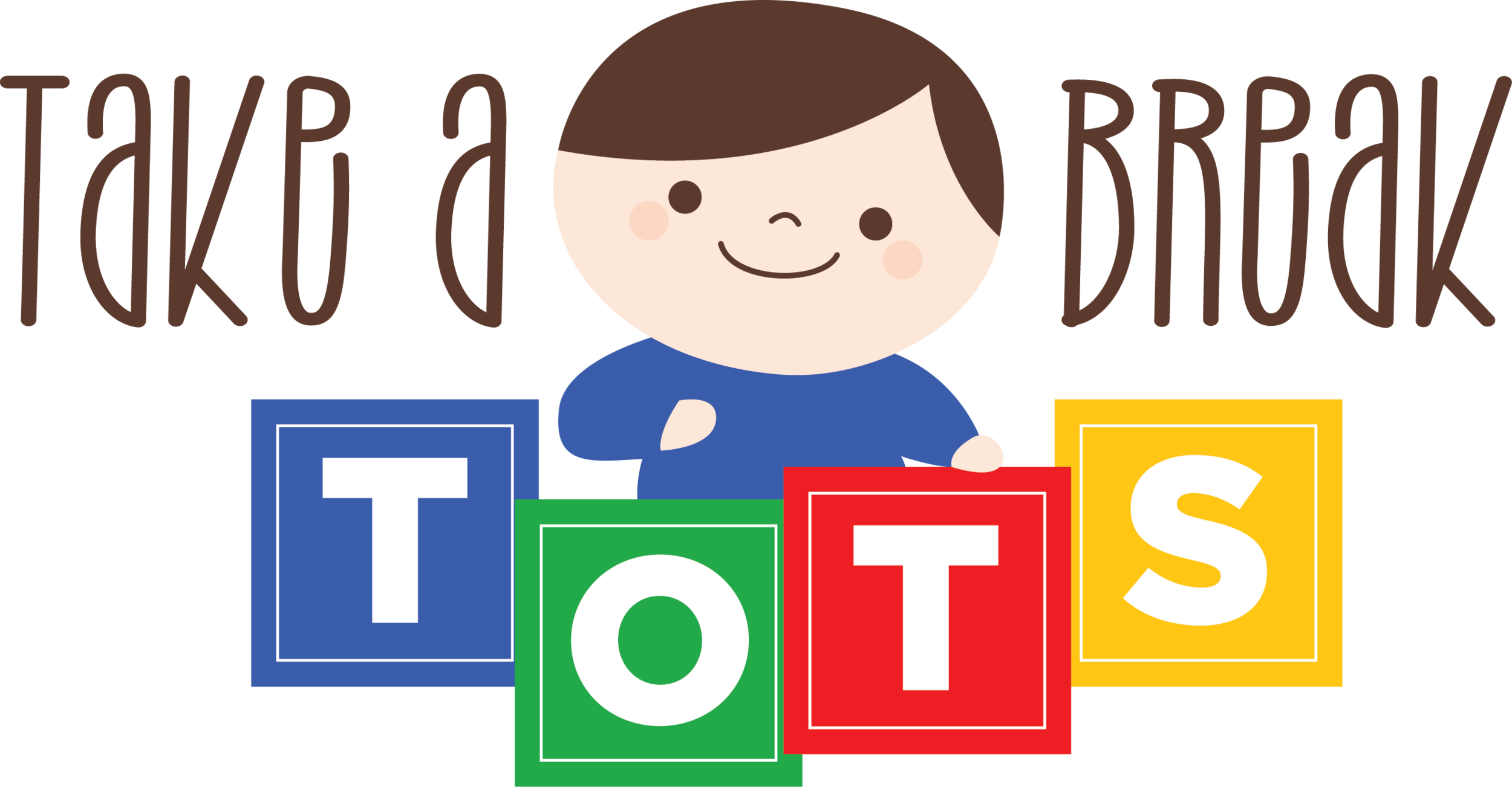Why Take a Break?
One of our biggest jobs as caregivers of young children is to help them manage emotions. Taking a break is a great method for cooling down big feelings. Checking out for a minute or two - breathing, going to my room, exercising - helps me immensely when I get overwhelmed. Most importantly, it helps keep me from saying or doing something impulsively that I will ultimately regret.
Kids have a reeeealllyy hard time resisting impulses because their brains aren’t fully developed. They just don’t have the proper wiring to think, “I’m really mad right now. I want to hit my mommy SO bad, but I know that’s wrong, so I guess I’ll just go outside to run.” We have to help them. Ask any calm child if it is okay to hit when mad and they will say “no.” But, when those emotions are flooding and that yucky energy is coursing through their bodies, they can’t access the part of the brain that holds that rule. They act on impulse.
We have to teach them to recognize the physical symptoms and take a quick break before they boil over and have a meltdown or problem behavior. It will take time, but prompting kiddos to take a break when you recognize their symptoms will help.
Here’s how it works: designate a space in your home or classroom as the “take a break” space. It should be a space only for taking a break - so not in their bedroom or the reading center. We don’t want to cause confusion or disrupt play/learning. Your “take a break” space should have something soft to sit on, several manipulatives - a stress ball, bubble wrap to pop, paper to tear, and some safe things to throw. Check out my Pinterest page or contact me for ideas. I’ll create a post specifically for “take a break” supplies soon. If space is limited, you can create a “take a break” kit for the child to grab and take to a quiet spot. I hope to launch my “Take a Break Totes” before the end of the year. Whether you have a designated space or a kit, it’s important that the items you have there are only to be used for taking a break, not for playing.
Starting out, you’ll need to go with the child and model deep breathing and how to use the items. This helps them to know they aren’t in trouble (this is not a punitive space - more on the difference in another post) and they feel secure and supported.
The ultimate goal is for kids to recognize the sensations and choose to take a break on their own. It’s called emotional self-regulation and it will take time, patience, and consistency on your part for them to truly get it.


